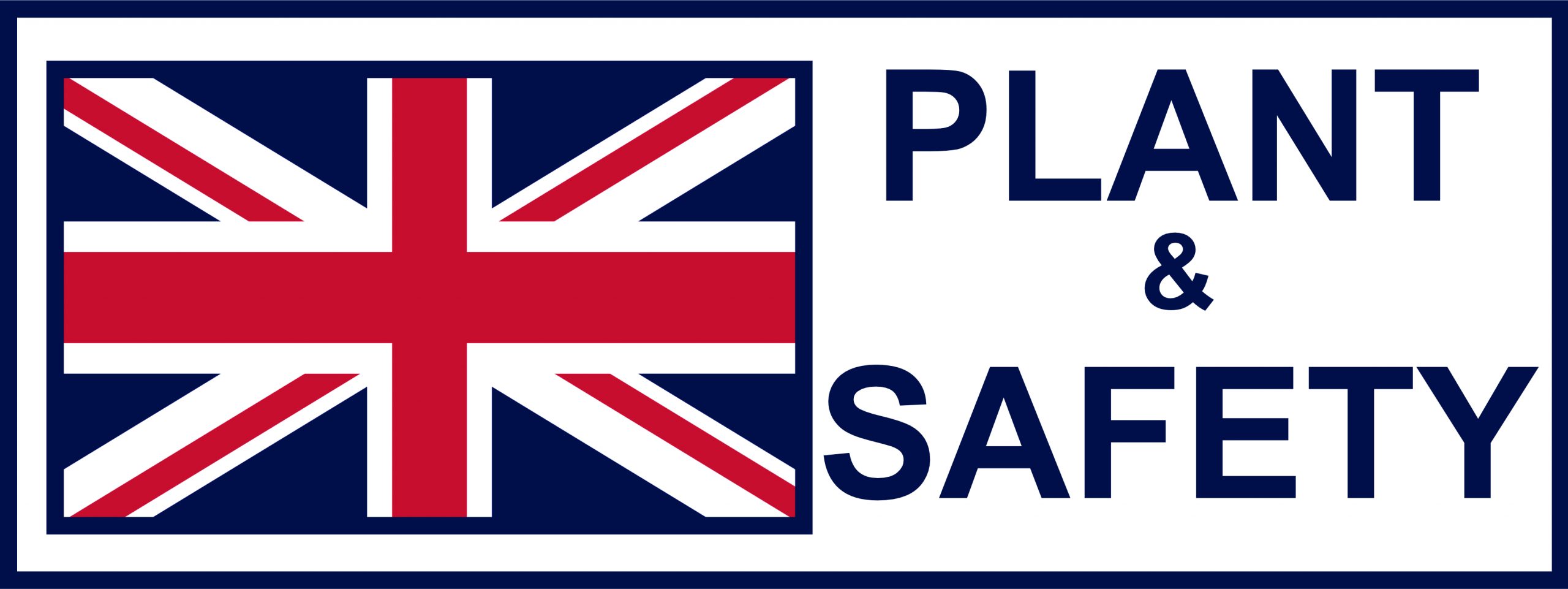Home » Pressure Systems » What Is a Written Scheme of Examination and Why You Need One
Pressure systems can store large amounts of energy — and if they fail, the consequences can be catastrophic. That’s why the Pressure Systems Safety Regulations 2000 (PSSR) place clear duties on owners and users of pressure equipment.
One of the key requirements is to have a Written Scheme of Examination (WSE) in place. In this article, we’ll explain what a WSE is, when it’s required, what it must contain, and why having one is essential for both safety and compliance.
The PSSR were introduced to prevent serious injury from the uncontrolled release of stored energy in pressure systems.
A Written Scheme of Examination is a legal requirement under PSSR. Regulation 8 states that a pressure system must not be operated unless a WSE is in place, and Regulation 9 requires examinations to be carried out in accordance with it.
To help dutyholders comply, the HSE has also published an Approved Code of Practice (ACOP) L122, which provides detailed guidance on how to meet the requirements.
Safety of pressure systems: Pressure Systems Safety Regulations 2000. Approved Code of Practice L122 →
A Written Scheme of Examination is a formal document that sets out:
- which parts of a pressure system need to be examined,
- how they will be examined,
- how often examinations are required, and
- the qualifications of the person certifying and carrying them out.
In short, it is the framework for ensuring that pressure systems remain safe to use.
What Systems Require a Written Scheme of Examination (WSE)?
You will need a Written Scheme of Examination (WSE) if you operate pressure systems where failure could create a risk. This includes equipment containing a relevant fluid, defined under PSSR 2000 as:
- Steam at any pressure,
- Compressed or liquefied gas (including air) above 0.5 bar gauge,
- Hot water above 110 °C, or
- Gases dissolved under pressure (such as acetylene).
Examples of systems that normally require a Written Scheme of Examination (WSE):
- Steam boilers and steam sterilising autoclaves,
- Compressed air receivers where the pressure × volume is ≥ 250 bar litres,
- Fixed LPG storage systems,
- Vapour compression refrigeration systems with a rating above 25 kW.
Systems that are generally exempt include:
- Hydraulic oil systems,
- Tyres,
- Pipelines operating at less than 2 bar,
- Certain portable fire extinguishers.
If in doubt, always check your equipment against the PSSR 2000 definitions and seek advice from a competent person.
Written schemes of examination Pressure Systems Safety Regulations 2000 →
WHAT WE OFFER
PSSR 2000 - Regulation 9
As part of your Written Scheme of Examination, you’ll also need to plan a Pressure Systems Regulation 9 inspection and testing examination
— learn more here →
What Must Be Included in a Written Scheme of Examination (WSE)?
According to HSE guidance, a Written Scheme of Examination must include at least:
- Identification of the items of plant or equipment covered.
- Which parts of the system must be examined.
- The nature of the examination required.
- Preparatory work needed for a safe examination.
- Any requirements for examination before first use.
- The maximum intervals between examinations.
- Details of repairs or modifications requiring re-examination.
- The name of the competent person certifying the scheme.
- The date of certification.
The Written Scheme of Examination (WSE) must remain suitable throughout the life of the system, meaning it should be reviewed and updated as equipment ages or operating conditions change.
Who Can Certify a Written Scheme of Examination?
A Written Scheme of Examination (WSE) must be drawn up or certified by a competent person. Under the ACOP L122, a competent person is someone (or an organisation) with sufficient knowledge, experience, and independence to carry out testing and examinations properly.
They must:
- Have the authority to stop the use of unsafe equipment.
- Be impartial, ideally independent from the day-to-day operation of the plant.
- Possess the technical expertise needed for the type of system under examination.
Many businesses appoint an external inspection body to act as their competent person, especially if they do not have in-house expertise.
Why You Need a Written Scheme of Examination
Having a Written Scheme of Examination (WSE) is not just about ticking a legal box. It provides:
- Compliance: meeting your obligations under PSSR.
- Safety: reducing the risk of dangerous failures.
- Maintenance planning: helping you schedule inspections, repairs, and upgrades.
- Confidence: demonstrating to regulators, insurers, and clients that your systems are properly managed.
Related Compliance Topics
for Written Scheme of Examination
Useful links for more information
Explore our Training Services →
HSE: Written schemes of examination →
HSE Guide: Safety of pressure systems
Pressure Systems Safety Regulations 2000 →
The Pressure Systems Safety Regulations 2000 →
Where PSSR sits within wider UK Health & Safety Law →
Local Echaust Ventilation (LEV) Inspection and Testing Services →
WHAT WE OFFER
Keep your workplace safe and stay fully compliant with PSSR. Don’t wait until an incident happens, our expert team at Plant & Safety will ensure your pressure systems are inspected, tested, and certified to the highest standards.

How can we help?
To learn more or if you have any questions, please feel free to call or email us. You can also request a call back using our online form.
T: 0330 113 7920
E: sales@plantandsafety.co.uk
Useful Links
